Mars Rover Discovers Geometric Shapes On Red Planet, First Time In Scientific History

China’s rover mission to Mars has concluded, and the data it provided and sent back to Earth still continues to provide valuable insight into Mars’ history.
Namely, the rover discovered strange geometrical shapes beneath Mars’ surface, and while it’s easy to imagine that the shapes could be some ancient alien technology, researchers have a different idea of how they formed.
Mars Rover Discovery
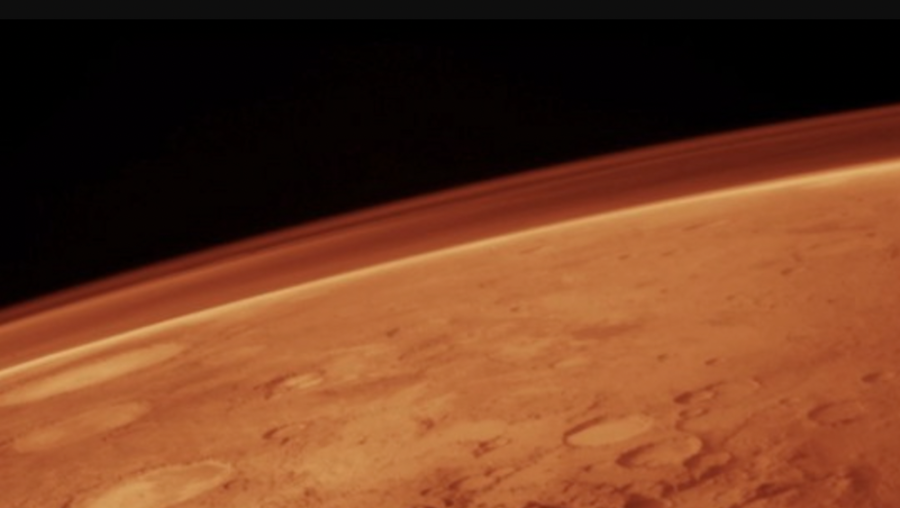
According to Science Alert, China’s Zhurong rover was equipped with a ground-penetrating radar system, which allowed it to peer beneath Mars’ surface, where it recorded irregular polygonal wedges located at a depth of approximately 35 meters (some 115 feet), all along its journey.
The rover, operational for 357 days, stumbled upon subterranean wedges, which the researchers believe were caused by freeze-thaw cycles on Mars. However, other theories exist—and no, none of them involve aliens.
Freezing And Thawing
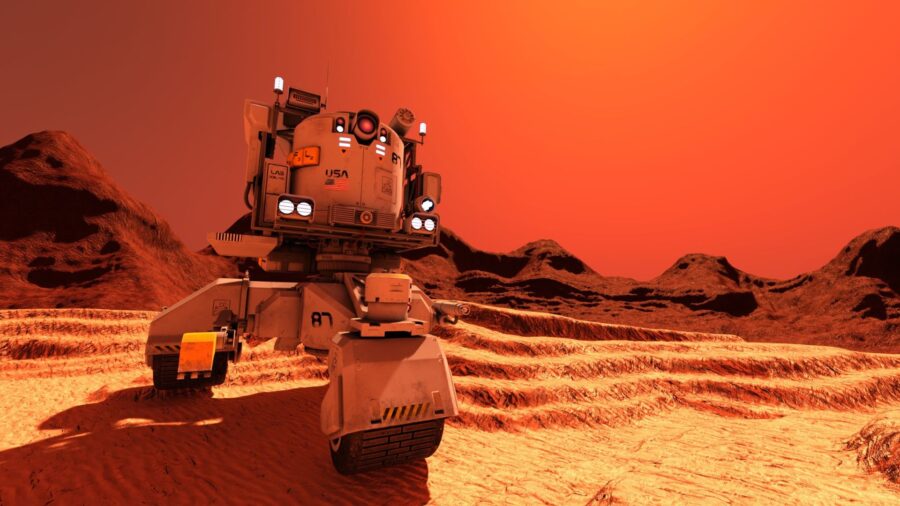
Polygons beneath the surface are really common on Mars. In fact, they’re common on Earth, too.
However, this is the first time they’ve been found at Utopia Planitia, a large plain within Utopia and the largest recognized impact basin on Mars and in the Solar System.
The scientific community believes that these wedges, ranging from mere centimeters to tens of meters across, were formed by the repeated cycles of freezing and thawing, which also implies that Mars featured a strong paleoclimatic variability at low-to-mid latitudes, possibly due to its high obliquity.
Detected Along The Rover’s Path
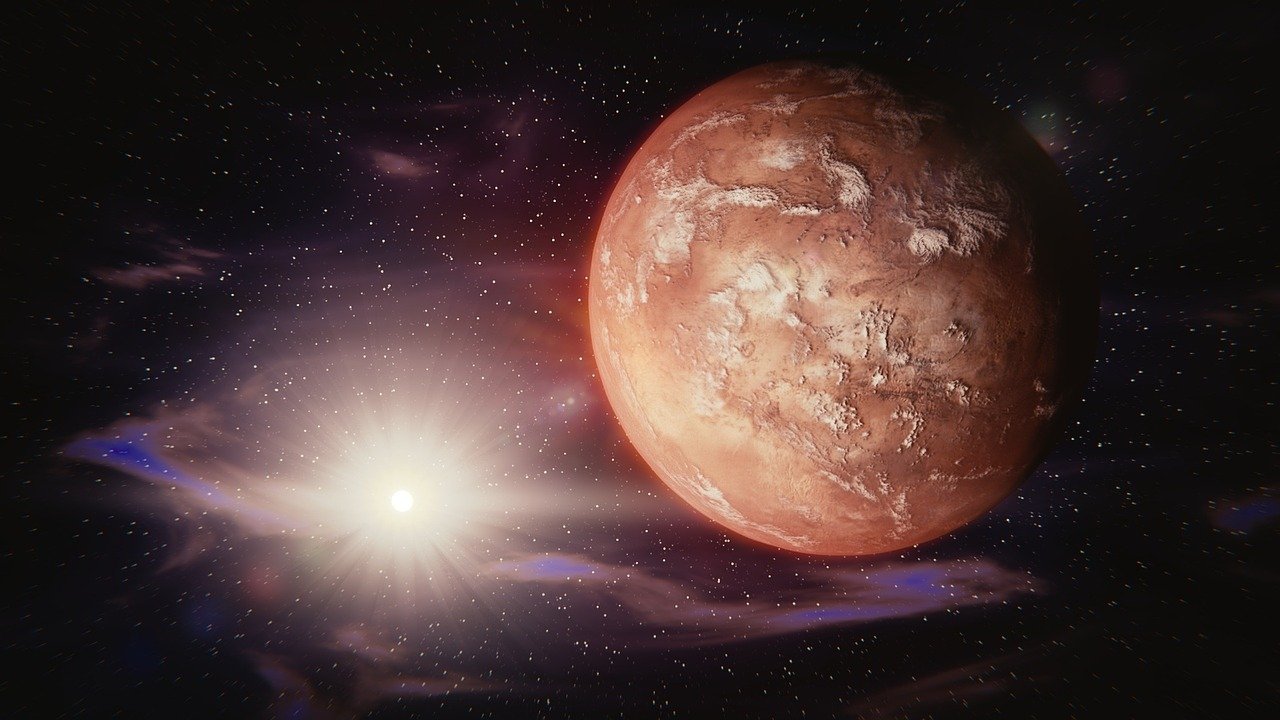
These formations were detected along the rover’s path, spanning some 1.2km in distance, suggesting a wide distribution of similar terrain.
These wedges were probably formed some 3.7 – 2.9 billion years ago, during the Late Hesperian-Early Amazonian epochs on the Red Planet.
So, all of this most likely happened when the planet was very young. Still, with the cessation of an ancient wet environment on Mars, the polygonal terrain was subsequently buried on the planet’s surface by later geological processes.
Cooling Lava?
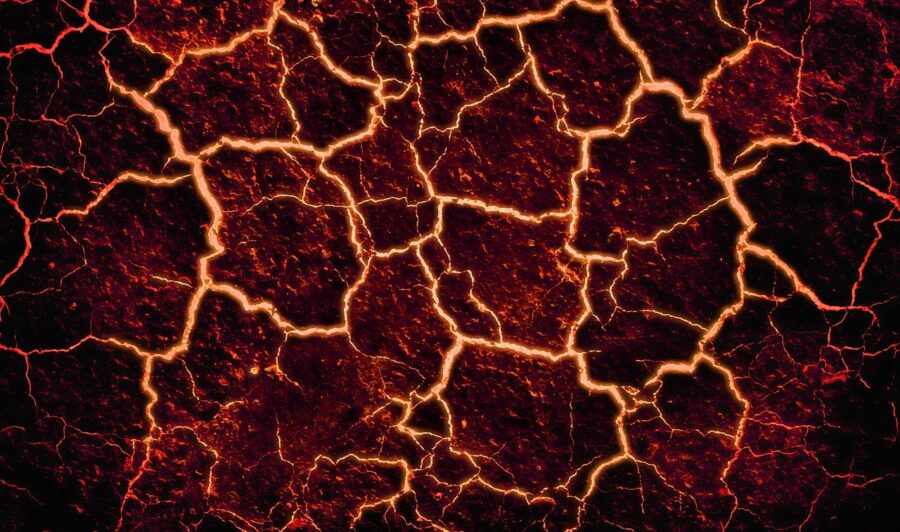
However, there are also theories suggesting that the wedges were produced by contractions from cooling lava, producing thermal contraction cracking.
Whatever the case, the scientific community agrees that a massive change in Mars’ climate was responsible for forming these polygonal wedges.
Chinese Rover

The Chinese Zhurong rover, named after the Chinese god of fire, landed on Mars in May 2021, making China the second country ever to land a rover on Mars successfully.
Its mission, which was supposed to last three Earth months, was to explore its landing site and send back pictures, including a selfie with its lander.
Mars Topography
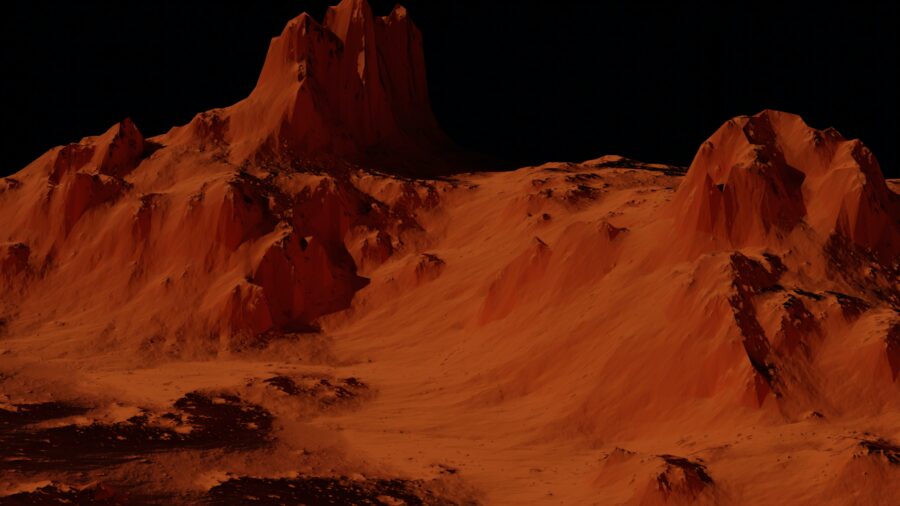
The rover’s mission was also to study the topography of Mars and conduct measurements with its ground penetrating radar, which could provide critical details associated with shallow structures and composition within 100-meter (300ft) depths.
Zhurong Mars rover operated for nearly a year, which is much longer than initially intended, traversing around 1.9km across the Utopia Planitia before entering a planned hibernation through the harsh Martian winter.
However, despite the mission team’s best efforts, the Chinese Mars rover hasn’t been heard from since then.












